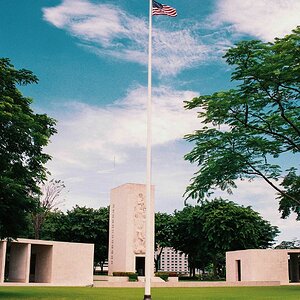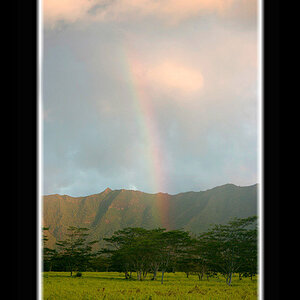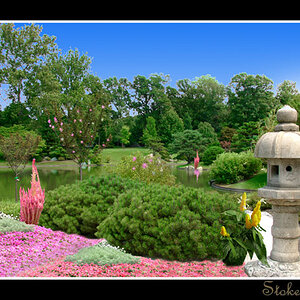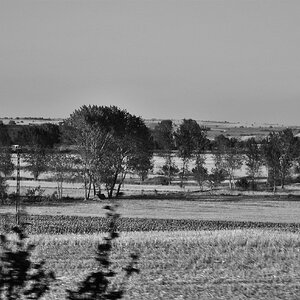sashbar
Been spending a lot of time on here!
- Joined
- Dec 13, 2012
- Messages
- 3,044
- Reaction score
- 1,183
- Location
- Behind the Irony Curtain
- Can others edit my Photos
- Photos NOT OK to edit
I sometimes see definitons like "rangefinder-style work", "rangefinder ethos" etc., which is apparently about using rangefinder cameras. I never had one, never used one and completely missed this field of photography. Could anyone explain in laymans terms how a rangefinder camera differ from a regular SLR and how shooting with a rangefinder differ from using a SLR ? What is the main point/appeal of a rangefinder? Thank you.



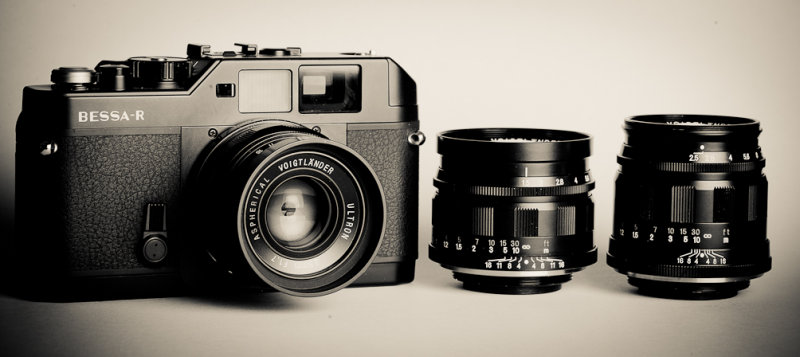
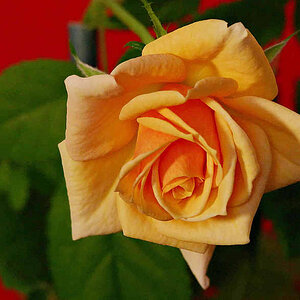
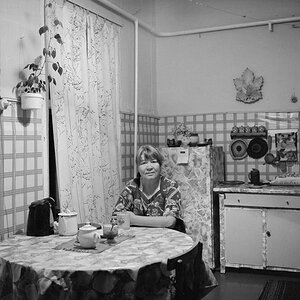
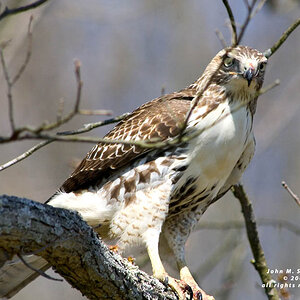
![[No title]](/data/xfmg/thumbnail/34/34698-b2d730db25fc800b9d7d5baf3d251239.jpg?1619736607)
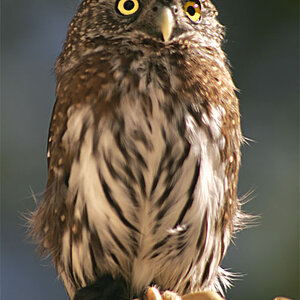
![[No title]](/data/xfmg/thumbnail/36/36643-92fe0dd9e247722bfefe299cd8a549f5.jpg?1619737670)
